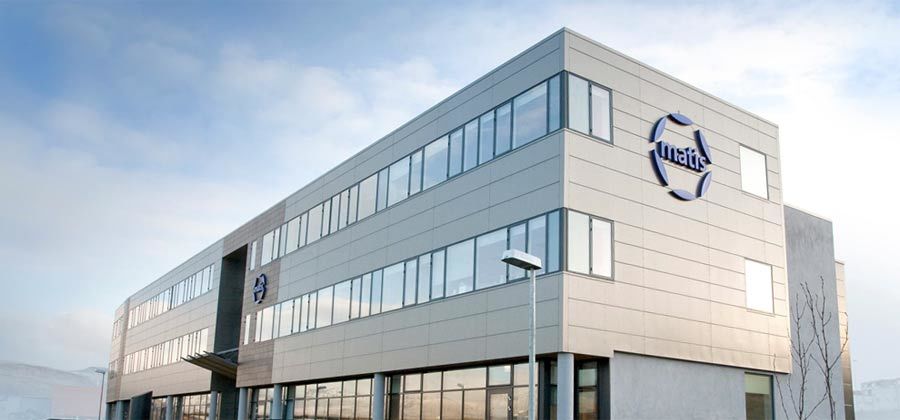There is an increasing demand for foods that have special purity and properties that are believed to improve people's health. The Nordic countries have a strong position in this regard in an international context, and this unique position can be used to create business opportunities. In particular, it is believed that local governments that are suffering from economic hardship can take advantage of this strength to their advantage.
The Nordic Council of Ministers' co-operation program, "New Nordic Food and Cuisine", aims to explain the potential for value creation in Nordic food production and food culture. The aim is also to strengthen the countries' co-operation in the field of food production and link it to projects in the fields of tourism, health services, regional development and trade.
The main characteristics of Nordic ingredients: Purity, taste and hygiene
The co-operation program for "new Nordic food and cuisine" is due to the fact that within Europe there is an increasing emphasis on local food specialties and an increasing number of people who are interested in getting to know and experience food related to specific areas. Although the Nordic countries have different criteria for food production in various ways, Nordic chefs have increasingly highlighted the characteristics of the countries as a whole. The main characteristics of Nordic ingredients are considered to be purity, taste and hygiene.
Create a more positive attitude towards your own food culture
A special steering group was set up to work on the plan. Iceland is represented by Emilía Martinsdóttir from Matís and Laufey Haraldsdóttir from the Department of Tourism at Hólar University. In each country, "ambassadors" have also been nominated with the task of disseminating knowledge and raising awareness of Nordic cuisine. The ambassadors work on presentations of Nordic cuisine and culture. The Icelandic ambassadors are Sigurður Hall and Baldvin Jónsson.
Among the tasks of the steering group is to define the meaning of the term "New Nordic food and cuisine". We need to take into account the different food traditions within the Nordic countries and create a more positive attitude among Nordic people towards their own food culture. Innovation in Nordic food production will be encouraged and local raw material use and food production will be supported.
- There is an increasing demand for foods that have special purity and properties that are believed to improve people's health. The Nordic countries are unique in this respect.
- "New Nordic food and cuisine" is intended to explain the potential for value creation in Nordic food production and food culture.
- There is a growing emphasis on local food specialties in Europe.
- An increasing number of people who are interested in getting to know and experience food related to specific areas.
- Nordic chefs have increasingly highlighted aspects of Nordic cuisine as a whole.
- The main characteristics of Nordic ingredients are considered to be purity, taste and hygiene.
- A special steering group encourages innovation in Nordic food production and supports local raw material use and food production.





